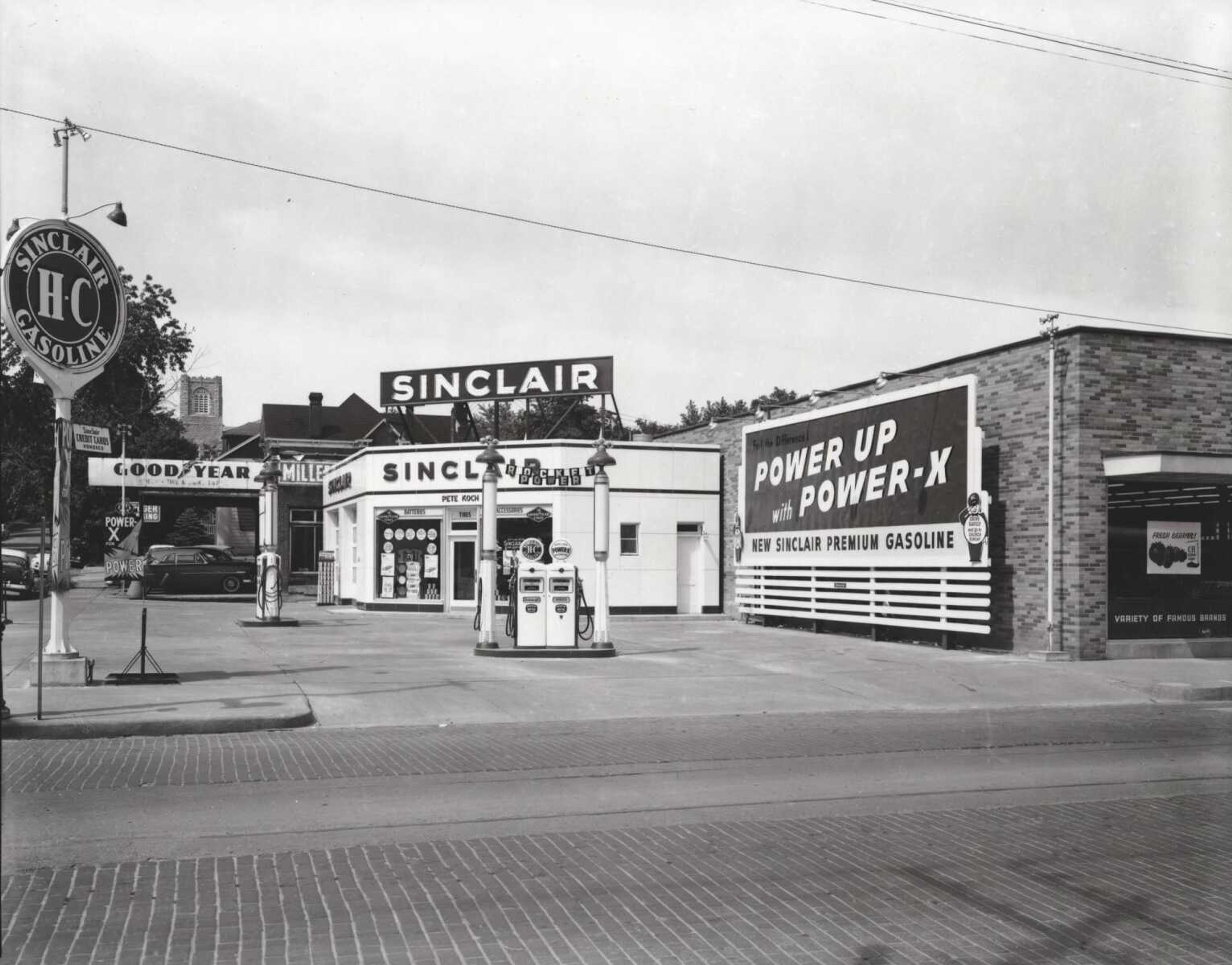Jennifer Baker said reading far too many Nancy Drew novels as a little girl was probably what hooked her to the thrill of uncovering mysteries -- historical mysteries, that is.
"Solving the mysteries -- I've always loved doing historical research," Baker said. "It's like big mysteries waiting to be solved."
Baker, a historic preservation student at Southeast Missouri State University, gained that hands-on research in a summer internship completed in collaboration with Old Town Cape. With the help of Southeast history professor and historic preservation program coordinator Dr. Steven Hoffman, Baker submitted an application to the State Historic Preservation Office in late July to include the 600, 700 and 800 blocks of Broadway Street in Cape Girardeau's downtown Broadway-Middle Commercial Historic District.
"To look at a building and not know anything about it and then start doing the research and learn about the people that were there, I think that was the most rewarding part of the project," Baker said.
Hoffman said he's had students taking his class on writing National Register nominations accumulate the research needed for the application over the past several years. Baker took Hoffman's course last spring and wanted to continue the work she did over the semester's time through a summer internship opportunity. Old Town Cape hired her as a special projects intern to assist Hoffman in finalizing the nomination.
"We collaborate a lot with the university and particularly the historic preservation program," Marla Mills, executive director of Old Town Cape, said. "... It's just a natural partnership. Anytime we find those opportunities we like to take advantage of them and really engage the program in what we do. ... In general, it also helps make his [Hoffman's] students more aware of revitalization as an overall philosophy and how historic preservation really ties into that. I think it helps the program at the university be a little bit broader in their perspective, and it certainly helps us in accomplishing some of our goals."
According to Hoffman, the application was between 70 and 80 pages total. He said, essentially, it's split into three parts. The first is mostly concerned with the properties' technical information, while another looks at a property's "integrity."
"One of the sections is a physical description of each and every one of the properties," Hoffman said. "The description is designed to communicate whether the properties have enough what we call, integrity -- enough of the original material, the original design in order to convey its significance."
The third section lays out a history of all the included buildings and sites to argue for their importance on the National Register. Hoffman said the last two parts take up the majority of time and energy, but they're key to the final approval.
There were 35 contributing and 10 non-contributing properties submitted in the application. Hoffman said "properties that aren't able to contribute to conveying the significance of the district" are classified as non-contributing.
"We argue that the district is significant for architecture and commercial development and seeing certain trends of commercial development," Hoffman said.
The application was submitted in late July, but Hoffman said it could take until close to January to finalize any requested revisions and see the properties listed on the National Register.
As for his students, Hoffman said listing properties on the National Register is a "core feature" to being a modern historic preservationist.
"To be a preservation professional you at least need to have an awareness of what it [the National Register] is and why it's important," Hoffman said.
Baker added that the hands-on experience of going out and exercising what she had learned in the classroom acted as in-the-field preparation for finding a career following graduation in the spring.
"Dr. Hoffman is wonderful to work with because he'll let you have as much independence as you want, but he's always right there for you if you need him," Baker said. "So you go and try and do this, and if you have any problems he's there to guide you. I love that."
Although, what she'll remember are the stories she discovered.
Like, how there was a woman with a hat shop who was voted as one of the outstanding businessmen in 1925 or how Downtown Sinclair still stands as a service station at 740 Broadway Street.
The National Register states a property must be over 50 years old to be listed, but for Baker, Hoffman and Mills labeling something historic had more to do with community than time frame.
"It means it was a part of what made Cape Girardeau, Cape Girardeau, and it's a part of our history," Mills said.




